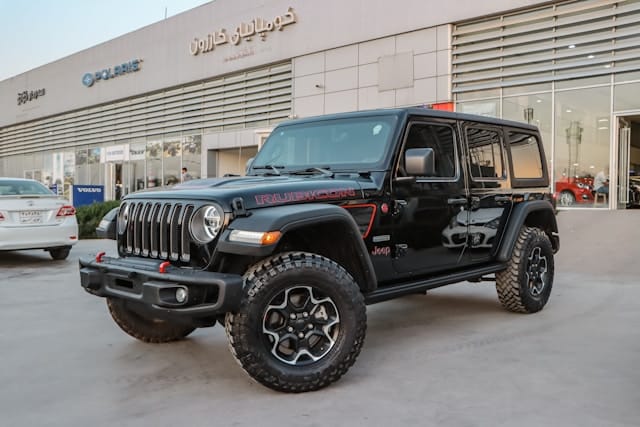Jeep owners want their ride to be fit to tackle tough trails or have more controlled rides on the road. For this purpose, a suspension upgrade can be helpful!
A stock Jeep is capable, but its suspension is built for compromise- a balance between highway comfort and light off-road usage! Once you start adding gear, get bigger tires, or take it on more aggressive terrain; the factory setup may begin showing its limits. Suspension upgrades can improve how the Jeep drives, handles, or feels on any surface. The aesthetic upgrade is an obvious plus!
This guide offers insights into suspension upgrades for your Jeep- one step at a time. It can help you build a balanced system in line with your goals and your Jeep’s capabilities.
Understanding the Core Suspension Components
Before anything else, take the time to understand how your suspension works! This will prevent common mistakes that lead to uneven handling or quicker wear.
Coil springs and shock absorbers are the main components of the system. Springs carry your Jeep’s weight and set the ride height! When you hit a bump or dip, they compress and rebound. Shocks can dampen this motion. They stop the Jeep from bouncing too much! If your Jeep feels unstable, worn-out shocks could be the reason!
When you lift the Jeep, the angle of the control arms changes, too. These arms manage how the axles move front to back. If they are too steep, steering may feel unpredictable. Adjustable control arms help restore geometry and keep your ride stable.
Another important piece is the track bar! It keeps the axle centered under the vehicle. When lifted, a fixed track bar pulls the axle off to one side. This affects the alignment and tire wear. An adjustable track bar rectifies this and keeps everything lined up.
Consider incorporating these, as skipping any of these components can throw the suspension off balance.
Choosing a Lift Kit Based on Your Needs
Lift kits do not come with standard specifications. The right one would depend on how you use your Jeep. A weekend trail cruiser does not need the same setup as a rock crawler or long-distance rig.
A 2 to 2.5-inch lift is ideal if you are mostly driving on-road and want to clear slightly bigger tires. These kits usually include coil spacers and shock extensions. However, they offer slight performance gains only!
If you are gearing for small off-road outings and light gear haul; go for a mid-tier 2.5 to 3.5-inch suspension kit. These comprise longer springs, upgraded shocks, sway bar links, and a track bar. It makes for a balanced setup that offers noticeable off-road improvements as well as drivability.
Looking for more aggressive builds- like full-time trail rigs or heavily loaded setups? You need long-arm lift kits for articulation and ride comfort. They are pricier and take time to install! However, they greatly improve how the Jeep drives on serious terrain.
This stage is also where many Jeep owners start exploring larger lifestyle upgrades- like rooftop tents or additional recovery gear! This may lead to a question that many new builders ask: What is overlanding? In short, overlanding is the exploration where the journey is the goal. It is a combination of off-roading with camping, and long-distance travel.
A solid suspension is important for this because your Jeep should be able to carry gear across different landscapes. This is why weight capacity and ride quality are as important as clearance.
Adding Supporting Mods
A lifted Jeep does not just need springs and shocks for safety! You may also have to add various supporting components or upgrade them so that your suspension system keeps working properly.
Extended brake lines are also a must if you go beyond three inches of lift! They allow the axle to travel fully without putting stress on factory lines. Without them, you risk damaging the brakes during articulation.
Driveshafts also come into play! Higher lifts can increase the angle at the transfer case, which causes vibrations and extra wear. A double-cardan driveshaft can solve this by maintaining proper geometry.
Similarly, swaybar disconnects make for a helpful upgrade! They let you unlock your front sway bar during off-roading. This gives your suspension more flex and traction on uneven surfaces.
Final Thoughts
A well-planned suspension upgrade does not just improve your Jeep’s looks! It improves how it performs across every terrain type. If you focus on each part of the system and match your setup to your needs, you can make a build that is capable and balanced.
A good suspension keeps your Jeep grounded when you are exploring trails or building a rig for long-range travel! So, make sure every upgrade you select supports your goals and your journey.



































